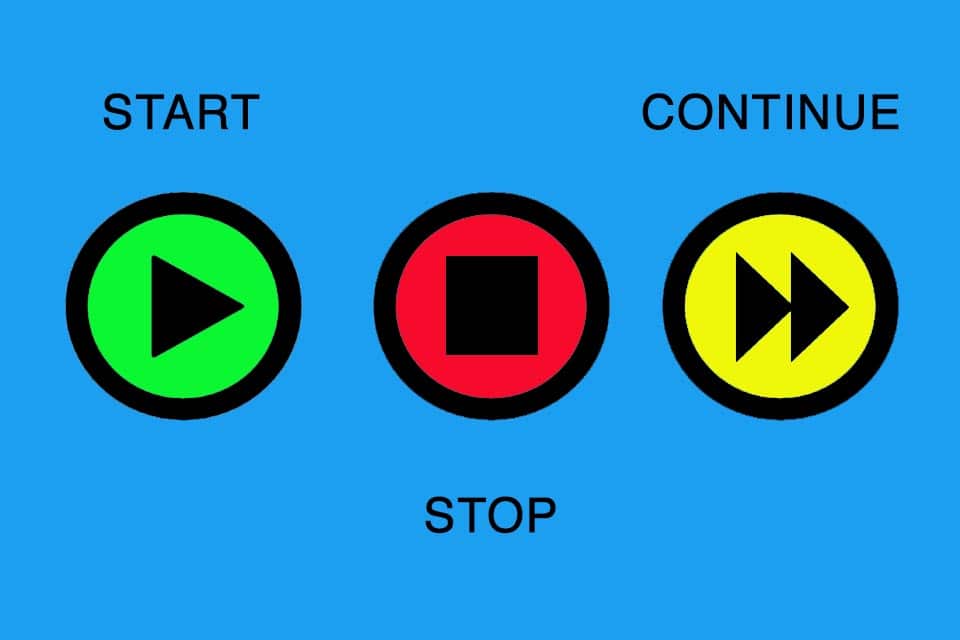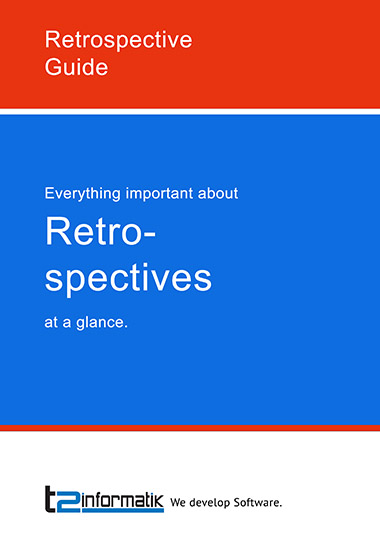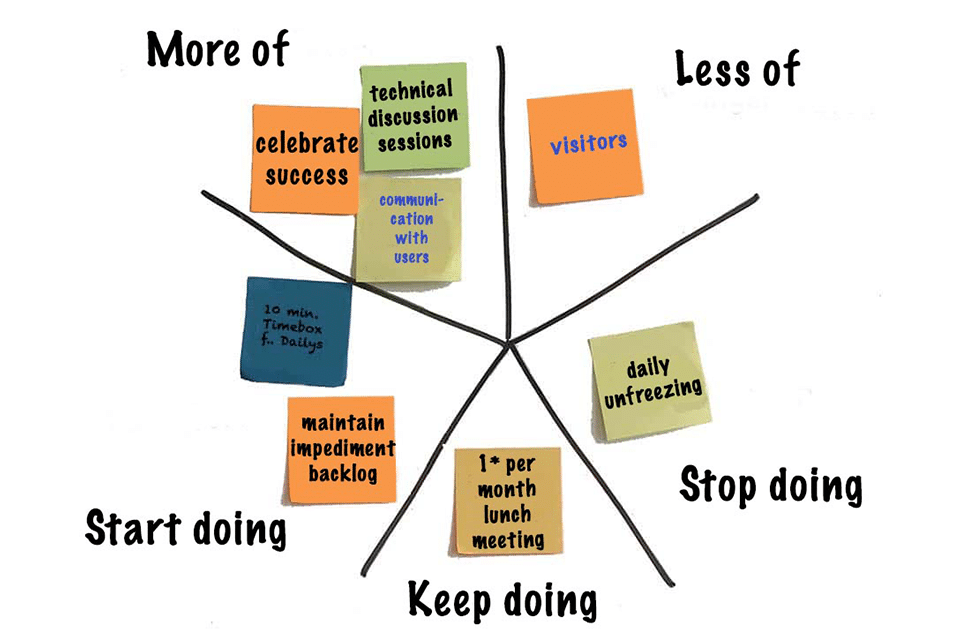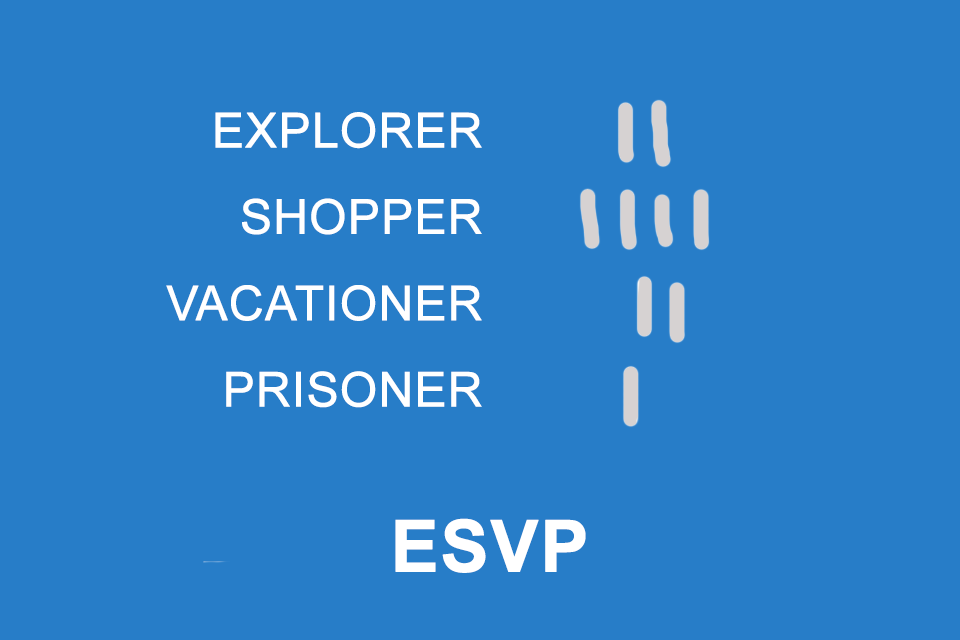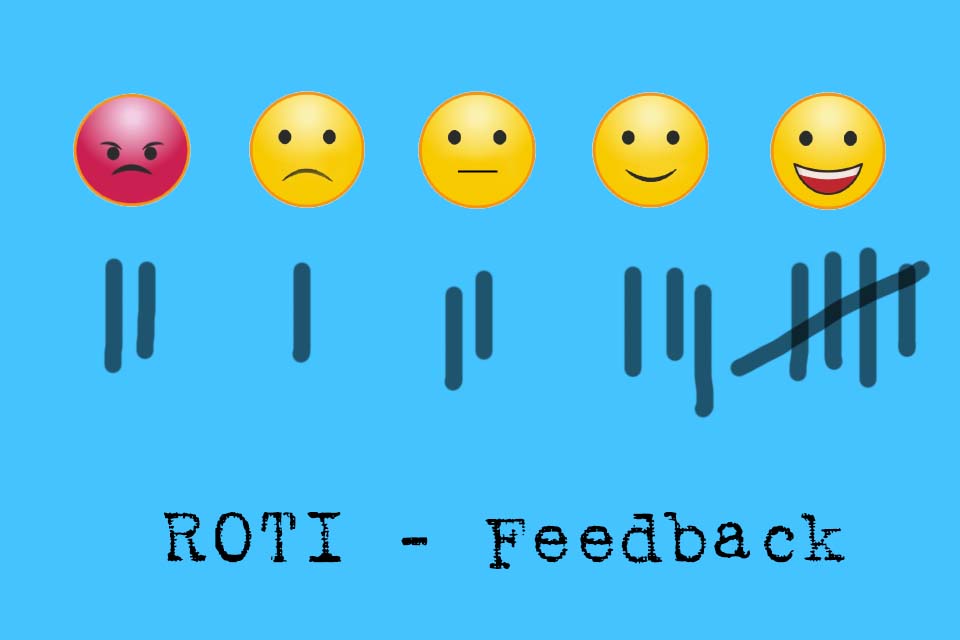What is a Start-Stop-Continue Retrospective?
Smartpedia: The Start-Stop-Continue Retrospective is a recap of a team to launch, stop or maintain aspects of the collaboration.
Start, Stop and Continue doing this
A Start-Stop-Continue Retrospective is a form of recap in which a team discusses how future collaboration will be shaped. Aspects are divided into three groups:
- “Start doing this”,
- “Stop doing this” and
- “Continue doing this”.
“Start” includes the activities, tools, processes, etc. that the team will begin in the next cycle. “Stop” labels the things that did not work in the previous cycle of the project, iteration or sprint and should be stopped. And “Continue” identifies aspects that worked well and should continue to be used. So it’s about starting, stopping and continuing.
The process of a Start-Stop-Continue Retrospective
The process of a Start-Stop-Continue Retrospective – sometimes called a method by the same name – is relatively simple and similar to other retro formats:
- In Scrum, the exchange takes place at the end of the Sprint, in projects with classic processes at the end of an iteration.
- Ideally, there is a moderator, in Scrum this is usually the Scrum Master, in classic projects, for example, the project manager. The moderator explains the procedure, names the rules and pays attention to the timebox.
- As a rule, all those actively involved or contributing to a development take part.
- As with all retrospectives, the Vegas Rule (“What happens in Vegas, stays in Vegas”) and the Golden Rule (mutual respect and appreciation) should apply.
The actual process can be divided into 3 phases:
- The collection of experiences and insights, e.g. in the form of brainstorming sessions, as well as the documentation or visualisation on a whiteboard. If necessary, this can also be done with swimlanes per retro-topic (individuals, interactions, processes, tools, definition of done).
- The discussion and grouping of information with the aim of summarising or discarding contributions, as well as eliminating duplicates. The result is a list of actions (possibly per retro-topic).
- Voting on the list of possible actions. There are different options here: the team votes on each item by consensus or consent. Or each team member gets points that they can distribute according to a personal prioritisation. Or each team member gets a defined number of points for Start, Stop and Continue.
In some guidebooks a 4th phase is recommended: Communicating the results to key stakeholders.
Advantages and disadvantages of the Start-Stop-Continue Retrospective
The Start-Stop-Continue Retrospective offers some obvious advantages:
- The process and implementation are simple and intuitive. The retro differs only slightly from other three-part formats such as 3S, Mad-Sad-Glad, Plus-Minus-Interesting or Small Starfish.
- The visualisation is clear and concise.
- The grouping of findings is somewhat more detailed than, for example, a two-part retro like Anchors and Engine, but not as “bloated” as a Starfish Retrospective. This makes it suitable for newcomers as well as retro professionals.
- It stimulates communication and exchange, promotes self-organisation in the team and is popular.
- It can be designed flexibly so that the facilitator can control the dialogue in the team well by asking open questions.
- It is suitable for both technical and personal aspects of cooperation.
- And last but not least, it is suitable for reviewing development phases as well as for events such as conferences, meetings, webinars or lectures.
Of course, there are also some disadvantages:
- Like other three-part formats, the list of things to continue using can become extensive quite quickly (see Tips).
- As with all formats that are used after short sprints, participant fatigue quickly sets in (see Impulse to discuss). Questions like “Another retro?”, “Can we shorten the timebox?” or “Can’t we just do a retro every two sprints?” are heard again and again in such cases. Here, the Scrum Master is especially challenged to convey the meaning and to support the team in creating a meaningful retrospective.
In some publications, a distinction is made between activities and ideas. Some retrospective formats, such as the 4L Retrospective, are said to be better suited for generating ideas. However, not all organisations share this view.
Tips for the Start-Stop-Continue Retrospective
There are some tips for the Start-Stop-Continue-Retrospective:
- A structured start makes it easier to collect points. Simple questions such as “What did you enjoy most in the last Sprint?” or “What defines and promotes our collaboration?” offer structure and provide various “continue” answers.
- Especially at the beginning of a continuous collaboration, numerous “start” answers can be collected. Often, however, not all answers in this category can be implemented directly in the next Sprint or the next iteration. It is therefore advisable to prioritise a selection.
- Retro formats can, but do not always have to, start from scratch. It can make sense to use the list of “continue” and/or “start” answers from the previous retro as input for the current review in order to decide together, for example, whether newly started activities or “familiar” tools should continue to be used.
- The role of the facilitator depends on both the context and the group dynamics. If a team acts as equals and pursues common goals, the facilitator can stay in the background and give impulses if necessary. However, if there is an imbalance in the team, if introverted colleagues find it difficult to be heard, then the facilitator is called upon more. In such cases, it can make sense to switch from brainstorming to
brainwriting.
Impulse to discuss:
How important is it to try different retro formats or change formats?
Notes:
In some descriptions, the Start-Stop-Continue Retrospective is described as an extension of the Start-Stop Retrospective. However, this is only true at first glance, because in fact the retrospective with 2 groupings is rather an advanced variant.
Here you will find an article about the role of the keep manager in companies.
If you like the article or would like to discuss it, please feel free to share it in your network. And if you have any comments, please do not hesitate to send us a message.
Here you will find additional information from our Smartpedia section:
